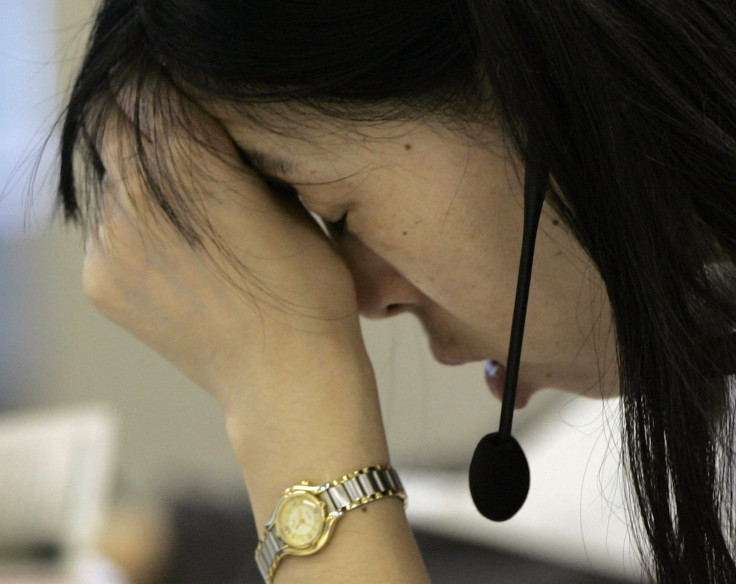Disrupted Sleep Cycles Linked To Breast Cancer: Shift Work May Be Dangerous, But It's Necessary In A Modern World

A new study provides evidence that irregular sleep patterns may lead to cancer, a finding that lends support to previous research suggesting the night shift may be damaging to workers’ health.
“To our knowledge, this is the first study that unequivocally shows a link between chronic [light/dark] inversions and breast cancer development,” wrote the authors.
Though further research is needed, the researchers say women with a family risk of breast cancer should never work a night shift. In a 24-hour world economy, their recommendation may be increasingly difficult to follow.
No Rest for the Weary
In May 2004, the Bureau of Labor Statistics estimates, more than 80 percent of workers worked a daytime shift, considered to be any schedule ranging between the hours of 6 a.m. and 6 p.m. Yet nearly 18 percent (more than 21 million workers) usually worked alternate shifts outside the daytime shift range. The evening shift, with hours between 2 p.m. and midnight, is the most common and where you would find nearly seven percent of all workers. Other alternate shifts included employer-arranged irregular schedules (nearly four percent); night shifts (about three percent) with hours between 9 p.m. and 8 a.m.; and rotating shifts (just under three percent) with hours that change periodically.
Over a 20-year period, the proportion of workers with alternate shifts has remained fairly steady, the Bureau reports, with many shift workers in service occupations, including protective service (such as police and firefighters), health care (ambulance drivers, nurses, doctors), service industries (including bars and restaurants), and transportation. Within the hospitality industry, more than half (about 53 percent) of workers reported working alternate schedules, while nearly a third (31 percent) of transportation and warehouse workers did so.
Importantly, more than half of full-time shift workers said the “nature of their jobs” included unconventional hours.
A 2008 National Sleep Foundation poll discovered shift workers were significantly more likely to sleep fewer than six hours on work days, to work more hours per week on average, and to experience drowsy driving at least once a month. A quarter of shift workers or more are estimated by the Sleep Foundation to experience symptoms of excessive sleepiness or insomnia. The results of the new study, then, raise additional concerns with regard to the health of those working alternate shift hours.
Earlier Cancer Development
For the study, the researchers designed a special experiment for mice genetically-engineered to be breast cancer prone. The researchers exposed one group of mice to weekly light/dark cycle inversions, while the other group remained in a stable light/dark environment. About 80 percent of these mice, no matter their environment, developed breast cancer.
However, the mice in the disrupted sleep cycle environment developed tumors a full eight weeks earlier than those in a consistent light/dark environment. The same group of sleep-disturbed animals also gained more weight than the other mice, becoming 20 percent heavier. Importantly, the researchers say they cannot attribute weight differences to eating differences. Among the sleep disrupted group, “we even found a small, significant decrease in food intake,” the researchers noted.
There’s no simple translation of these consequences for humans. However, the researchers told BBC they speculate women who are at risk of developing breast cancer (due to family history) could get cancer five years earlier in sleep disturbed situations.
“Due to the growing 24/7 economy, shift work will become increasingly part of our society and will, therefore, increasingly affect public health outcomes,” wrote the authors in their conclusion.
Source: Van Dycke KCG, Rodenburg W, van Oostrom CTM, et al. Chronically Alternating Light Cycles Increase Breast Cancer Risk in Mice. Current Biology. 2015.
Published by Medicaldaily.com



























